A polygon is a closed plane figure with three or more sides that are all straight. Some examples of polygons are shown below.
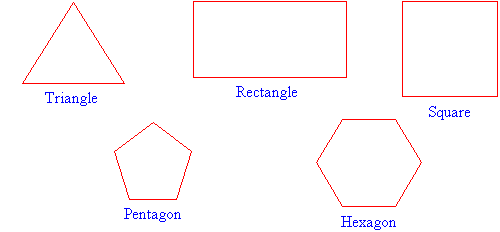
The following figure is not a polygon as it is not a closed figure.

A circle is not a polygon as it does not have straight sides.
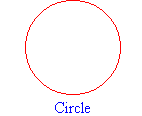
Polygons are named according to the number of sides. The names of the most common polygons are given below:
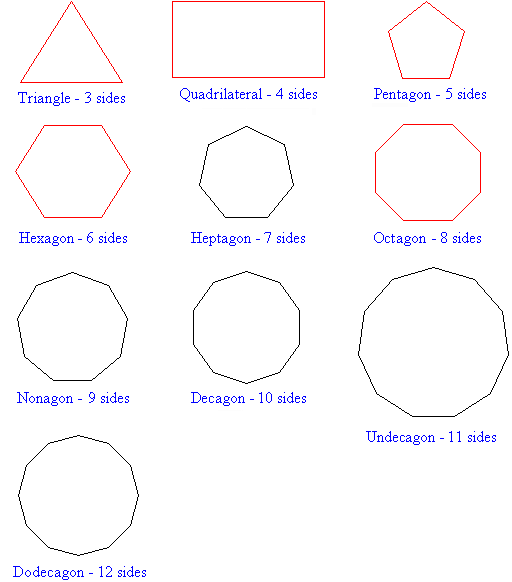
Concave Polygon
If a polygon has a reflex angle, then it is said to be a concave polygon.
An example of concave polygon is shown below.
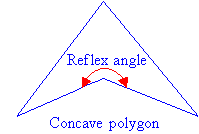
Convex Polygon
If a polygon has no reflex angle, then it is said to be a convex polygon.
Examples of the convex polygons are shown below.

Regular Polygon
A regular polygon's sides are all of the same length and its angles are the same size.
For example, a square is a regular polygon.
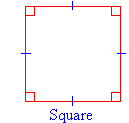
Examples of regular polygons are shown below.

Irregular Polygon
If a polygon is not a regular polygon, then it is said to be an irregular polygon.
For example, the quadrilateral shown below is an irregular polygon.
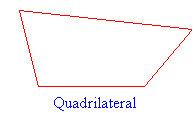 |
No comments:
Post a Comment